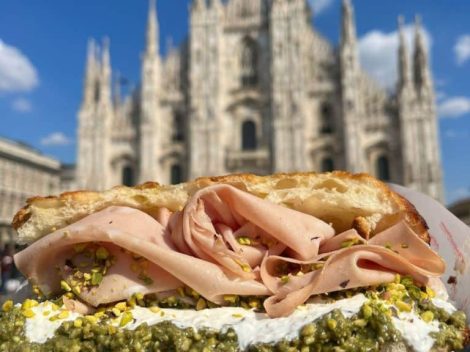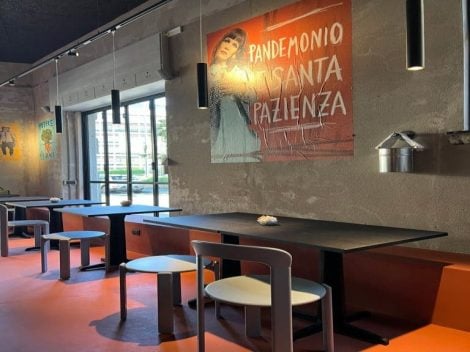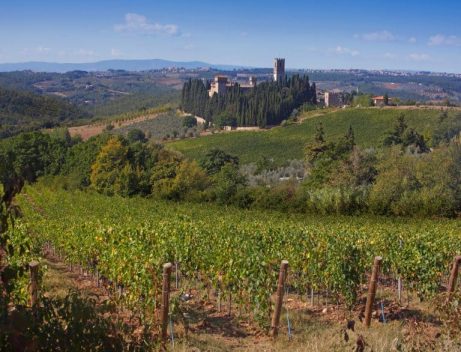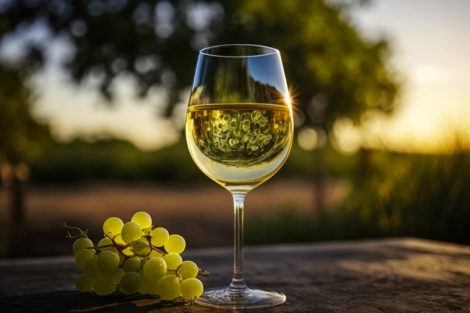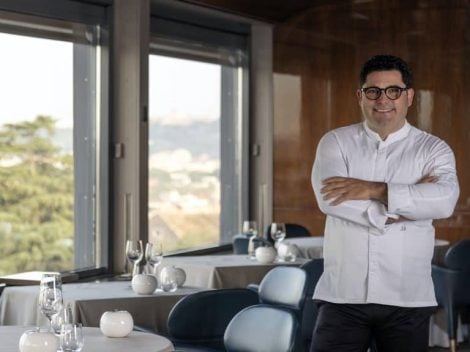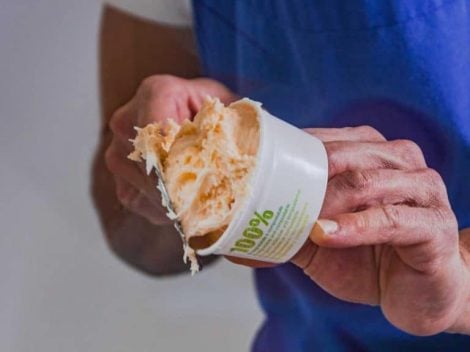According to New Zealand blogger and journalist Oliver Styles, the best wines in the world are now stuff of the rich: “Despite chatter about how wonderful and multifaceted wine is, we have found no better way to distribute it than through income. The best wines in the world appear to belong only to your boss. Or your boss' boss." And as a matter of fact, by consulting the end-of-year rankings of international search engines or reports on the most expensive batches sold at auctions during 2021, the way "great wines" is inaccessible is now unstoppable. Even the Liv-ex, index of the secondary market for fine wines, grew by 23.1% over 12 months, confirming that the increase is constant. The consequence is that an increasingly limited number of people can afford the great reference wines of the world. This is nothing new: this has been the case in the past as well. But, until about thirty years ago, albeit at the cost of some economic sacrifice, there were fewer bottles that were affordable for any enthusiast's pocket. And if the price was very high, it was enough to put two or three friends together to share the dream wine or wines that one wanted. Now, however, even this possibility is becoming increasingly remote.
The Wine Searcher ranking
According to the Wine Searcher website, which compiled the ranking of the 10 best wines in the world, the second place goes to Romanée-Conti Grand Cru (97/100), which is sold at an average price of 21,659 euros, almost half (€37,536) of what Domaine Leroy Musigny Grand Cru (98/100) goes for, and which came in third place. It is consoling - so to speak - that the first in the standings, the Domaine Leroy Chambertin Grand Cru (98/100) is not by far the most expensive, given that it was quoted on average 13,818 euros. The prices, in case the detail slipped your attention, refer to a single bottle. This means that since the most common boxes contain 6 or even 3, we must consider the multiplication factor.
Record auctions: how buyers are changing
Scarce supply, on the other hand, pushes prices upwards and this was reflected last year in several record auctions at Bonhams, Christie's, Acker Merrall, Wannes. Cyrille Jomand, CEO and co-founder of French iDealwine (auctions and direct purchase house) stated that "In 2021, the total amount of sales was around 41 million euros, +24% compared to 2020." In this context, Burgundy occupies 41 spots in the Top 50 of the most expensive batches (against 36 in 2020) and 49 spots in the Top 50 of bottles awarded (against 39 in 2020). As for iDealwine, Bordeaux loses its hegemony in the Top 50, confirming its presence with only 10 spots in the ranking thanks to lots of Petrus, Cheval Blanc, Mouton-Rothschild and collector's boxes (Duclot, Carré d'As). If in the past "trophy" wines belonged to a limited number of buyers - mostly British, German and American - billionaires from Russia, China and various other Asian countries have also been competing for some time to grab precious bottles, overheating the market and raising prices. Global warming is also contributing to the trend, causing a contraction in worldwide production.
Drinking wine or financial investment?
Most of the great wines of which we have spoken are not consumed after purchase but are stowed away in special cellars where they are then exhumed, perhaps 10 years later, to be resold at a higher price, counting on the increase in the value of the vintage that will be by then off the manufacturer's price list. When this is the case, the idea of making a financial investment prevails. In other cases, the bottles are simply uncorked and drunk by those who buy them, because the value and hedonistic pleasure is superior to any other consideration. The downside of this phenomenon is that the spasmodic demand for great wines and the ever higher prices, has favoured the development of a fake wine market.
According to many experts, fake wines represent 20% of wine sales worldwide, mainly linked to the top wines of Bordeaux and Burgundy. Emblematic, in this sense, is the story of Rudy Kurnawian, the deadliest forger of great wines of our times, not surprisingly also known as "Mr. Conti" for his ability to create unobtainable vintages of Domaine Romanée-Conti from nothing. From 2000 until his incarceration, he was, in his own way, an undisputed protagonist of the market. In 2006 during an auction by Acker, Merrall & Condit, the wines presented by Rudy sold for almost 25 million dollars, a record for the time but also an indication of what his fraudulent turnover was. One that not even the FBI has ever been able to quantify. After being discovered, tried and sentenced - 7 years in a US federal prison - Kurnawian was deported to his native Indonesia in 2021. There is currently no news on his activity.
Is limited access to great wines a problem?
Luxury and exclusivity concern all product sectors, from watches to automobiles, from clothing to jewelry to food, and of course wine. It is now established that certain labels - the fine wines - are not available to everyone and today less than ever for the younger generations, already little attracted to wine in general and, even less, to wines that are so expensive as to be impossible to buy: even those who would like to try, don't have the opportunity. Moralism (and pauperism) aside, the question posed by international wine critic Robert Joseph is a very legitimate one, since it restricts the field not to enthusiasts but to the employees of the wine sector as a whole: "How can we make it possible, even for wine professionals to enjoy the same experience that art students visiting a gallery or of actors in training who watch a live Shakespeare performance?" Tasting and discussing great wines is like having the opportunity to visit a rich museum of masterpieces or attending a performance of a work by a great playwright. In this way, skills are refined, knowledge is broadened, ideal points of reference are built, the senses are enriched with new sensations, the culture of wine and quality becomes a shared experience.
The late Gianni Masciarelli used to involve all his collaborators in tastings of great crus from Bordeaux, Burgundy, Côtes du Rhône, which they would never have been able to afford to buy. The comparison and exchange of opinions that followed was the way that the Abruzzese producer used to have his workers understand which grapes he needed to produce his wines. If we want to think about the future of the wine system and give perspective, something will have to change in the access to great wines, otherwise we will simply turn elsewhere (see ancestral or natural wines, which follow another logic), which is what's already happening.
Italy-France. A comparison
The numbers of Wine Monitor, illustrated in Verona during Vision 2030, also showed the strong gap, which "has not narrowed" in the average price of Italian wines compared to French: 3.76 euros per litre against 6.6 euro, in October 2021. And they showed, in the face of an export redevelopment in the decade 2009/19 with less bulk (from 33% to 22%) and with more packaged, less differentiation in the choice of customer markets (over 63% of Italian cross-border sales are concentrated in 5 markets, while the first 5 outlets for France account for 50%) and, finally, the age-old fragmentation of the business system (from the excess of PDOs to the transformation phases). Our "fine wines," and our wines in general, satisfy any need: think of the most exclusive crus of Barolo, Barbaresco, Brunello, Amarone, with high prices (although not stratospheric, if compared to a good part of the rest of the world). But above all they are wines that make people grasp the sense of a strong identity and with a territorial characterisation that has no equal. Often faced with an Italian wine, obtained from a grape grown only in a limited area, with unusual aromas and flavours, the question "what is it similar to among the known wines" measures its uniqueness. As you can well understand, there is no need to go very far to dream and even spend a fortune.
The case of "Mr. Conti"
Rudy Kurnawian, the deadliest forger of great wines of our times, not surprisingly also known as "Mr. Conti" for his ability to create unobtainable vintages of Domaine Romanée-Conti from nothing. From 2000 until his incarceration, he was, in his own way, an undisputed protagonist of the market. In 2006 during an auction by Acker, Merrall & Condit, the wines presented by Rudy sold for almost 25 million dollars, a record for the time but also an indication of what his fraudulent turnover was. One that not even the FBI has ever been able to quantify. After being discovered, tried and sentenced - 7 years in a US federal prison - Kurnawian was deported to his native Indonesia in 2021. There is currently no news on his activity.
"Investing in fine wines? Here's how." Quoting Gabriele Gorelli, Oeno Group brand ambassador
In recent years, fine wines, in addition to being the obsession of professional tasters, have become a safe and increasingly attractive haven for many. According to the Knight Frank Luxury Index, these assets have grown in value by a remarkable 147% over the past decade, with estimated average returns of 10.46% annually for the past 3 years. We talked about it with Gabriele Gorelli, the first Italian Master of wine and brand ambassador of Oeno, the leading group in the fine wine investment sector.
Can we say that fine wines today are a luxury for a select few?
I believe that we should take a step back and think about what we were able to drink even less than 10 years ago: what you could buy for 100 euros then versus today. Now you buy that for seven times as much. Let's say, therefore, that it's a niche that has grown vertically. Moreover, nowadays, some wines can no longer be found on the market, except by turning to the secondary market, with relative cost increases.
The reason?
Mainly because market logic and value strategies have changed. Plus, the fact that it has become an elite sector depends mainly on the scarcity of the product. The fewer bottles on the market, the higher the value and, therefore, the price. It is a catch 22 which is characterised by an extended supply chain.
How is Italy positioned in this market today?
It's definitely growing. Until 1986 (the year of the methanol scandal) there were very few wines with continuity of style and quality. Then things changed, although, to date, admittedly the long-lasting tradition that allows us to include our producers in the so-called fine wine establishment does not yet exist in Italy. This, however, is also an opportunity, because it places us in a position of great ferment. Furthermore, the Liv-ex index tells us that Italy is the third most "traded" country, after Bordeaux and Burgundy.
What are the Italian appellations that have managed, in these 30 years, to conquer the status of fine wine?
There is an absolute predominance of Tuscany with more than 50% of the shares. This is above all due to the Supertuscans who over time have demonstrated all their modernity, in addition to some labels of Brunello and Chianti Classico. Following this, for about 40% of the market, there is Piedmont with its Barolos and less than 10% is the prerogative of other regions. We understand how it is a long path that is rewarding those who took to it first.
Among those who are betting on Italy, there is also Oeno Group, of which you are brand ambassador...
Oeno Group was born with a strong focus on our country and today counts on over 200 Italian investors. Its strength relies on investment decks, "packaged" ad hoc to the customer's tastes, ensuring the advice and intermediation necessary to acquire rare bottles with a value that's destined to grow. Oeno, in fact, is like a dam along the river of fine wines: it does not stop the course, but accumulates the best wines, releasing only a few. There are many solutions available that appeal to Michelin star studded restaurants, as well as to the wine lovers, passing through expert collectors. From an investment perspective, once you have purchased a product you keep it there, waiting for it to increase in value. At that point you can decide to release it on the market or redeem it, with the advantage of having a cost for the fiscal warehouse (VAT and duty) calculated on the initial purchase price. But there is also a third option.
What is the third option?
An absolute novelty in the fine wine scene, and which responds to the name of Oeno House at the London Exchange; it's a wine boutique in the heart of the City, where you can drink the best wines in the world. In this case, the investor decides to sell their wine directly to those who will consume it and not to the collectors' market. The customer of this wine shop is, as a matter of fact, a high-spending consumer who wants to buy that wine (and not an entire deck of wines) for his own use. We are talking about bottles, but also about proposals by the glass.
Isn't there a risk that fine wines, given their cost, will become a luxury item, thus alienating the youngest, already distracted by other products?
No, especially from an investment perspective and in relation to an audience that's less experienced in fine wines who, however, want to broaden their earning prospects, diversifying their portfolio. It is a very linear investment. For aficionados, however, these are wines that would have gone straight to the cellar anyway. In this way they have the opportunity to choose whether to drink it or make it profitable.
by Andrea Gabbrielli
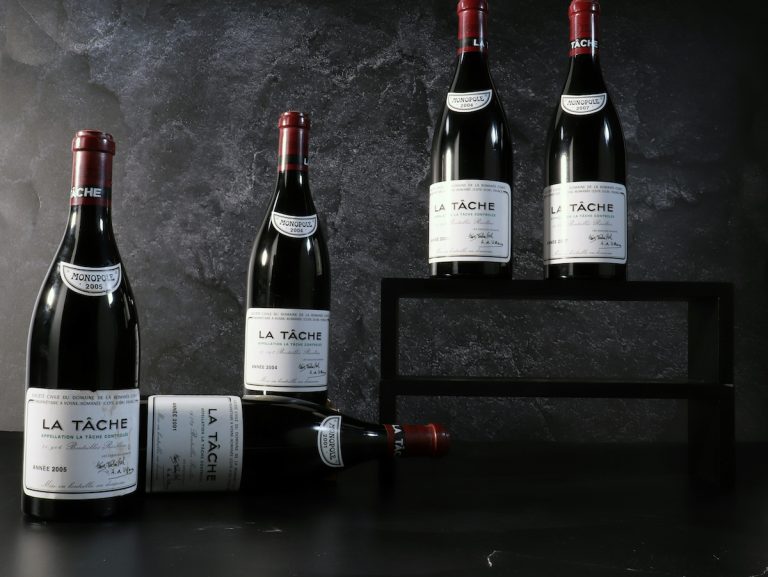
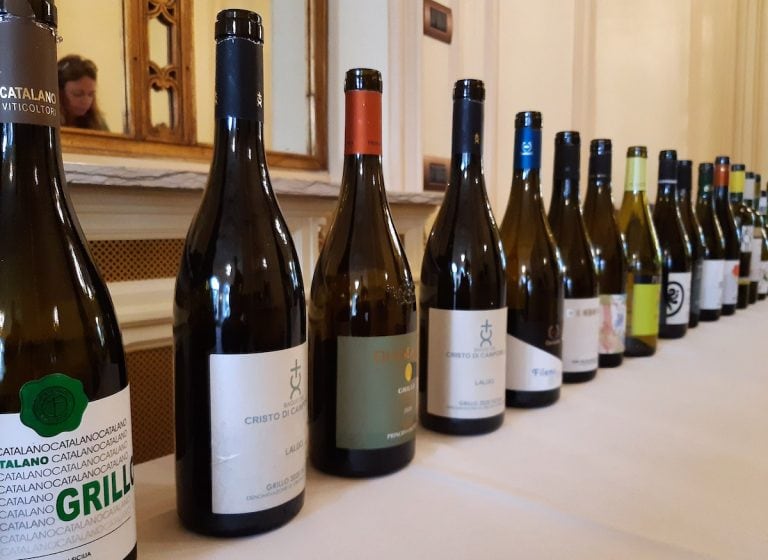 Grillo phenomenon: Sicily is now betting on white wines
Grillo phenomenon: Sicily is now betting on white wines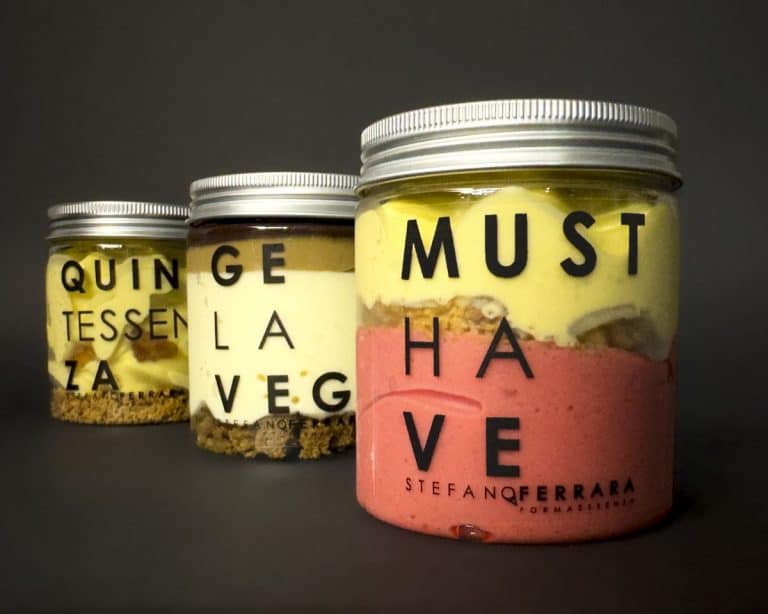 In Rome, a gelateria opens with only jarred ice creams. Master gelato maker Stefano Ferrara bans cones and cups
In Rome, a gelateria opens with only jarred ice creams. Master gelato maker Stefano Ferrara bans cones and cups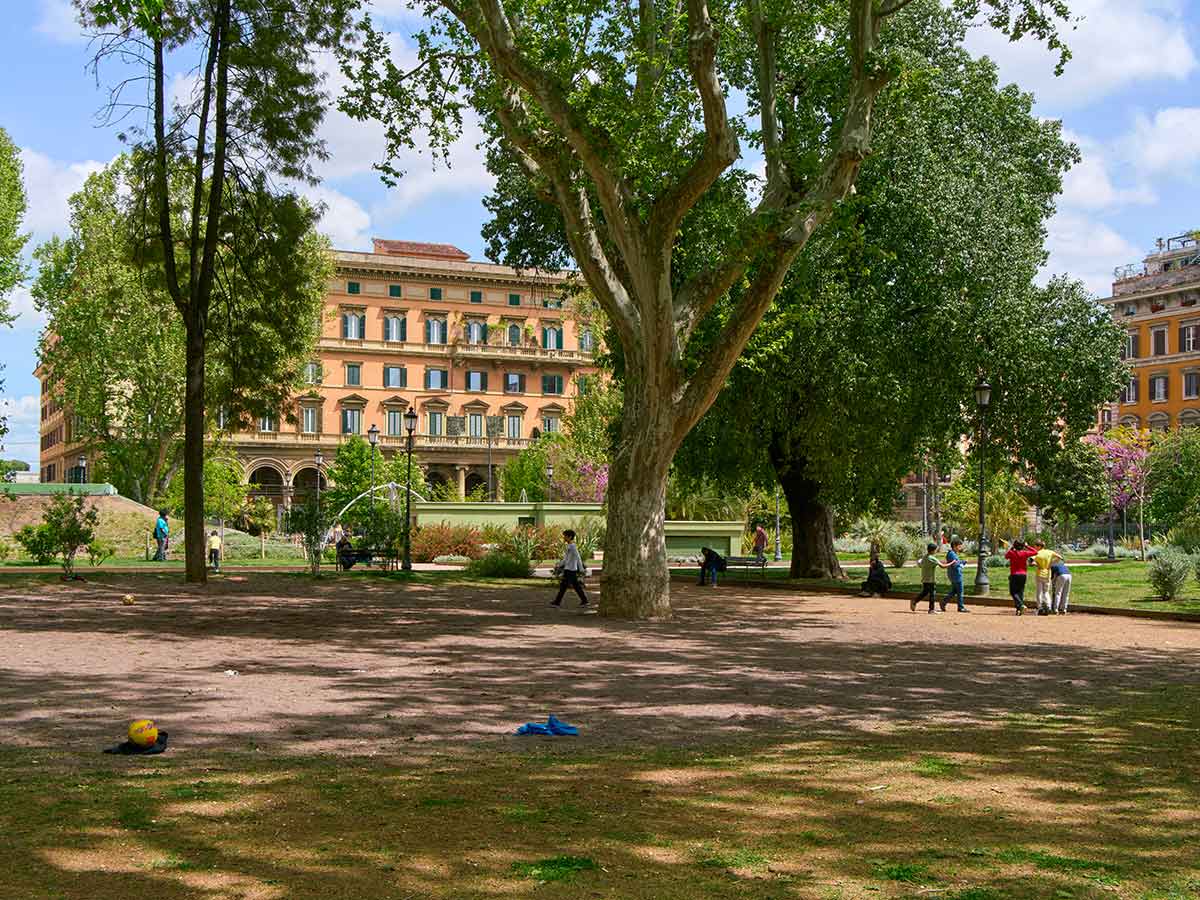 Food shops, historic trattorias, and bakeries: where to eat in Esquilino, the Roman neighborhood that hasn't forgotten the Twentieth Century
Food shops, historic trattorias, and bakeries: where to eat in Esquilino, the Roman neighborhood that hasn't forgotten the Twentieth Century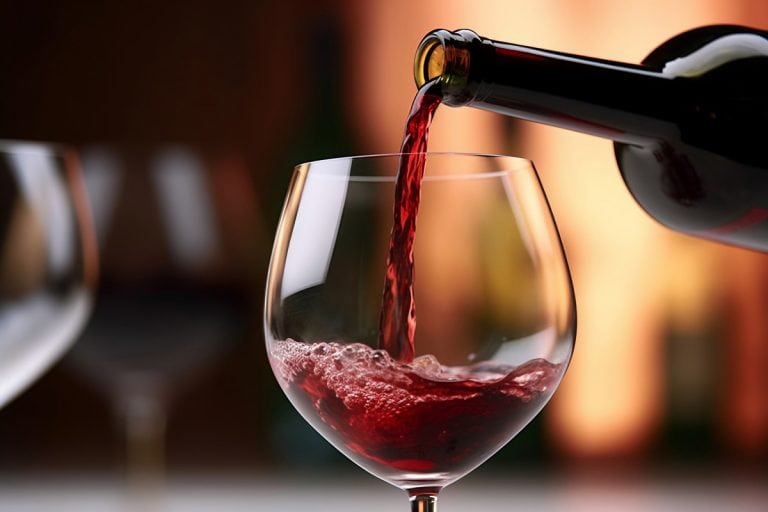 The 14 best Tintilia wines from Molise Chosen by Gambero Rosso
The 14 best Tintilia wines from Molise Chosen by Gambero Rosso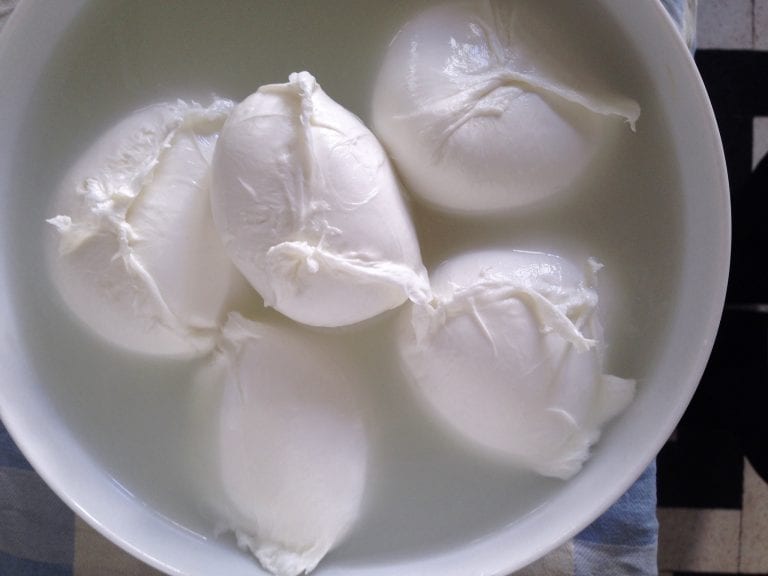 Here's why mozzarella di bufala extends life
Here's why mozzarella di bufala extends life